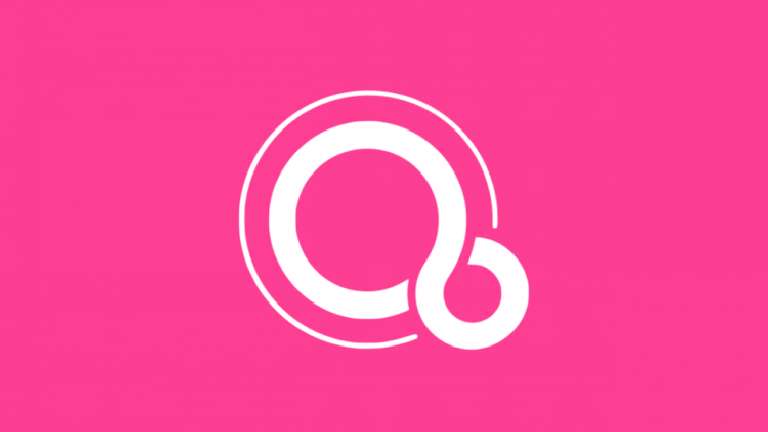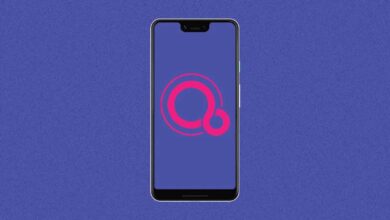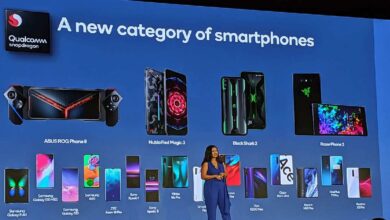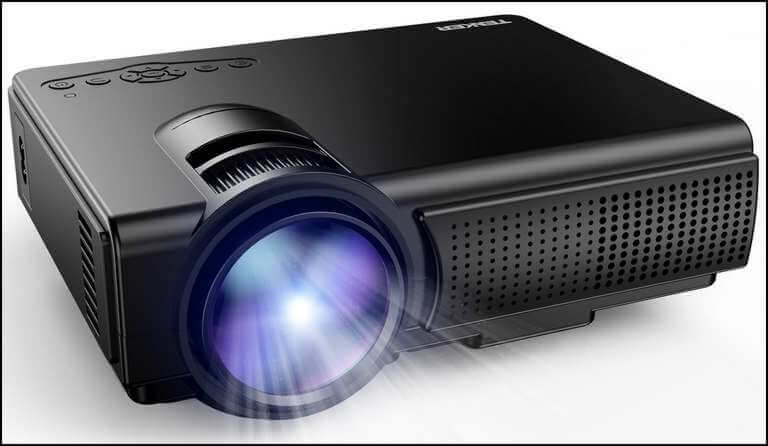
You probably already forgot about Fuchsia OS. This is another open-source operating system from Google that the company has been developing for over five years. Initially, everyone thought that it was Fuchsia OS that would replace Android’s full of imperfections, but a couple of years ago, Rick Osterlo, Head of Operating Systems Development at Google, explained that Fuchsia OS is a purely technical platform and serves to test and debug new features for Android and Chrome OS.
But it seems that since then the paradigm has changed somewhat because it was decided to involve third-party developers in the development of Fuchsia OS. Despite the fact that Fuchsia OS was from the very beginning an open platform, the code of which was made freely available until now Google has been developing it independently.
However, tonight the company issued a statement to the developers, urging them to jointly develop the project. This is completely standard practice for the industry, which is applied, for example, in the development of the Chromium engine. In addition to Google, many developers and large companies are working on improving it.

Why Fuchsia OS is needed
Google does not specify what prompted it to involve third-party developers in the development of Fuchsia OS. However, the company clarifies that the platform is not intended for commercial use, and its development is not an end in itself for Google.
In simple terms, the search giant asks developers to help her not to make the operating system better, to release it and make money on it. It is possible that someday in the future it will be so, but at this stage, Fuchsia OS is a kind of engine or, if you like, the basis for future projects that everyone can use.
Google urges developers to prioritize platform security and performance rather than expanding functionality. This is necessary in order to create a free and sufficiently secure operating system that can contribute to the development of new products. And in order to understand how Fuchsia OS has developed in recent years, developers are invited to study the history of the repository on the official website of the project.
What devices does Fuchsia OS run on?
Despite the fact that Fuchsia OS is a technical platform, it exists not only in the form of program code, but also has its own interface and can even run on different devices through an emulator. The developers involved in the operating system development project confirmed that Fuchsia OS works on Mac, Linux, Pixelbook, and Android smartphones.
This is made possible by a custom Zircon core and versatility. In a similar way, by the way, Huawei is developing its Harmony OS, claiming that its platform will be able to provide operation of smartphones and smart bulbs.
Will Google be able to bring in many third-party developers to develop Fuchsia OS? Most likely yes, but it won’t be easy. Against the project is the very statement of Rick Osterlo about the technical nature of the platform. After all, if Fuchsia OS is only meant to test new features for Android, Chrome OS, and Wear OS, why should independent studios keep improving it?
After all, it’s one thing Chromium, which can form the basis of any browser, and another thing Android, on the basis of which you can build only your own shell, but not your own OS.



